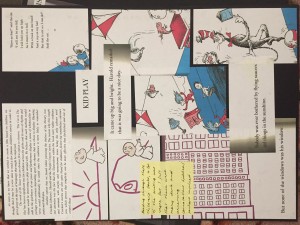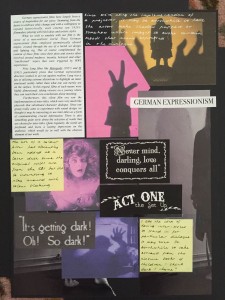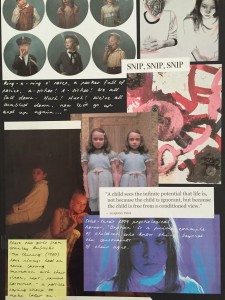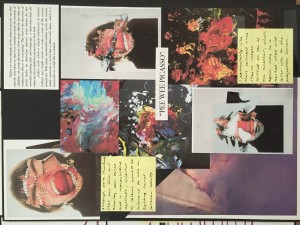This week we saw two more pitches both of which went really well. We also did updates on the scripts and story concepts. As we move into week 6 and then to week 7 it is important that we are suring up preproduction and all aspects of preparation. This means providing me with finished working scripts (they can still change – but we need a locked in structure and direction) story boards, location photo’s and any visual material you might be putting together in research (video experiments such as lighting, blocking action or editing). It is also time for the producers to start collecting any information and applications you might need regarding locations, equipment, personnel, budget (what sort of money might you need for any production design, food etc?), transport, and coordinating minuted group meetings.
More meetings and minutes later.
Keep your eye on the activities page as I will be adding exercises for planning and creative experiments.
We will be starting in on sound design next week and having one – on – ones to work through the above points.
As you continue to work towards your productions remember that the whole purpose of this course is to keep your eyes on the prize. What was it that you wanted to achieve in film? What is it you want to say? What do you want to see and hear when the lights go down and everyone focusses in on the theatre screen? Continue to research and evolve your ideas towards your original goal. Preparation and research is everything! This research and preparation is what will make up your PB 3.
Regarding PB 3, I will be publishing some more pointers and notes on what is expected so keep your eyes on this space.




